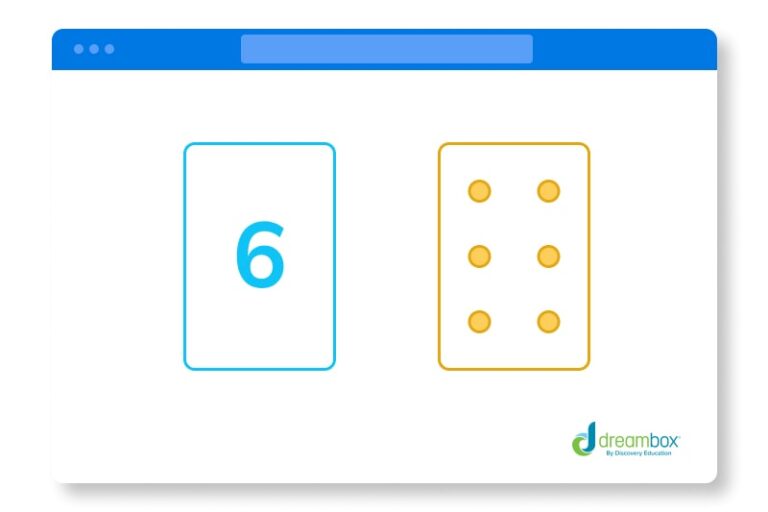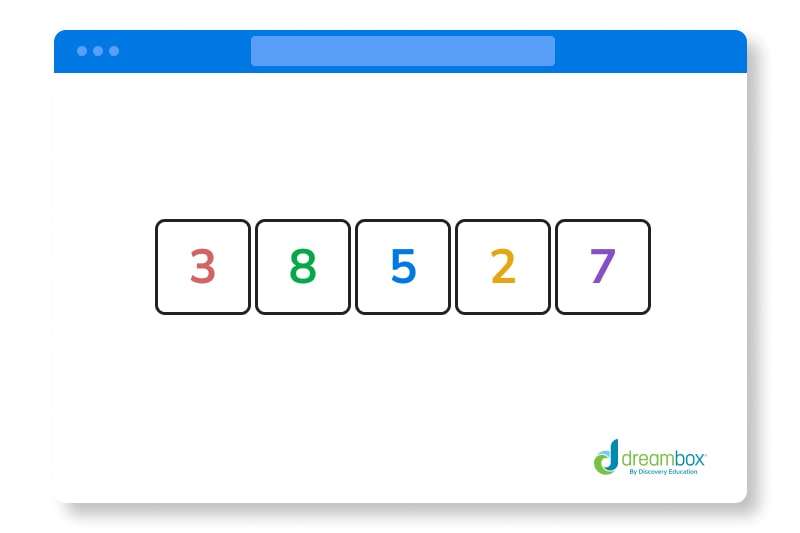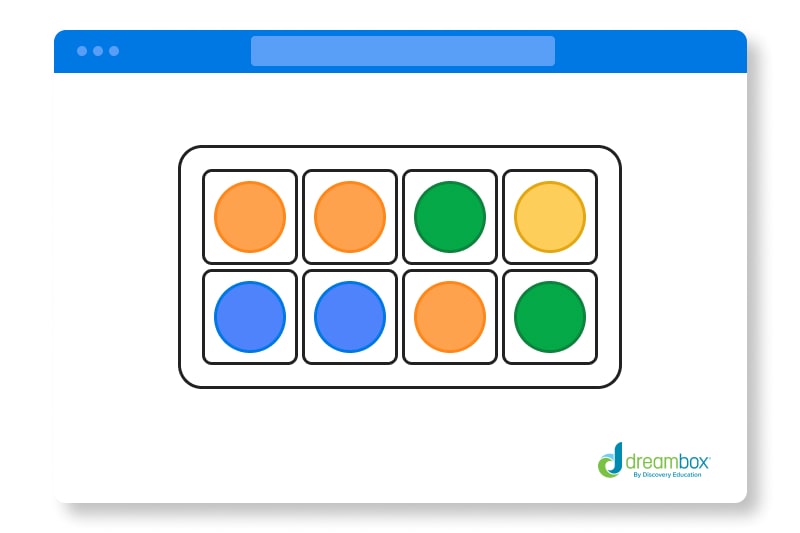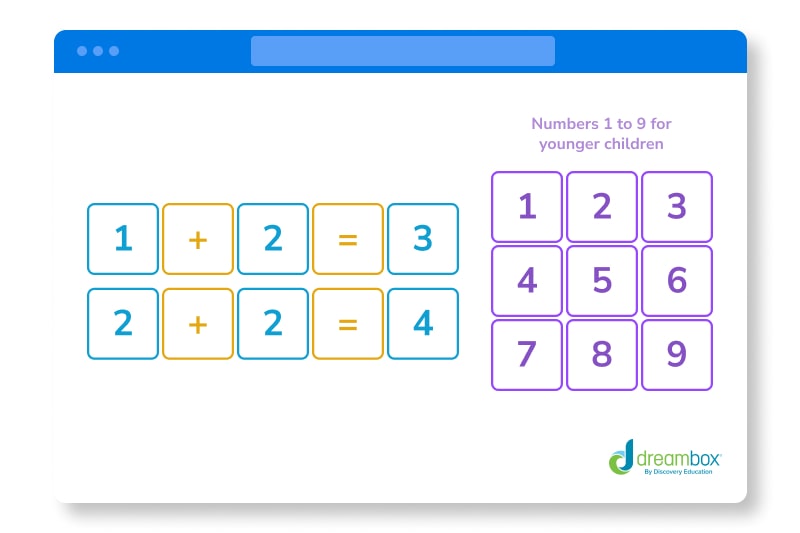Math Activities for Preschoolers
Boost your child’s development with 25 fun preschool math activities

Author
Jill Padfield
Published:
Sept 2024
Key takeaways
- Start simple – Young children need to be taught basic math skills in a fun and engaging way. Starting with anything too complicated can lead to frustration.
- Fun math activities boost child development – Introducing preschoolers to fun math activities can help develop everyday life skills and aid brain development.
- Be creative – Young children are full of energy, so they can get bored quickly! Keep introducing new concepts and games to hold their interest and inspire a love of learning.
You don’t need to wait until your child starts school to introduce simple math concepts. In fact, it’s an integral part of early development. Preschool math activities teach basic life skills such as memory retention and fine motor skills.
Young children have a natural curiosity. So, it’s the perfect time to introduce novel learning experiences. This is where fun math activities come in! By teaching your children math concepts through play, you can inspire a love of learning and begin the path to academic success.
Why is math in preschool so important?
Math can seem like a complex topic for preschoolers. However, research has shown that children as young as 3 months old can understand differences in numerical quantity. So, it’s never too early to start! Children who develop strong math skills early in life are also more likely to succeed in school than their peers.
The value of kinesthetic learning in younger children
Kinesthetic learning (also called hands-on learning) is a common teaching method used for preschool children. Young kids are tactile by nature (think of a baby reaching out to grab your hair!). They love to touch objects and learn how to manipulate them. So, kinesthetic learning is a great way to introduce children to basic math.
Kinesthetic learning is often called “multi-sensory learning” because tactile learners see, hear, and watch before trying the task themselves. This form of learning has many benefits for young children, both in terms of learning and personal development. The most important thing is to make sure that all math activities remain fun!
Some of the benefits include:
- Developing problem solving abilities
- Improving memory and focus
- Building self-confidence
- Encouraging physical activity
- Boosting social and emotional development
- Reducing boredom and inspiring a love of learning
Studies have shown that children taught through kinesthetic methods are more likely to get involved in learning activities than those taught through more passive teaching methods, like note-taking. Kinesthetic learning involves all of the senses. Therefore, children, whether they are visual or active learners, can engage.
25 math activities for kindergarteners
Now, let’s jump into some fun preschool math activities that you can try out with young children:
1. String beads on pipe cleaners
This is a classic math activity that requires only two materials: pipe cleaners and beads. Simply thread a certain number of beads onto each pipe cleaner. This activity helps to develop motor skills and basic counting abilities.
2. Counting puzzles
Number puzzles are a fun way for young children to practice their counting and number recognition skills. For this exercise, write digits 1-10 on pieces of cardstock and the corresponding number of dots or shapes on other pieces. Kids need to match the correct digit with the right number of dots:

3. Build and count
In this game, children first roll dice and then build the number rolled by stacking blocks. Once they have two or more towers, children can stack the blocks on top of each other and count how many they have in total. This game is a rudimentary introduction to addition.
4. Flip Uno cards to make a match
Uno cards are perfect for number matching games which improve memory and number recognition. Flip the uno cards over so your child can’t see the numbers. Then, take turns picking up two cards. If they match, you keep the set and take another turn. The person with the most sets at the end is the winner.
5. Tag the number
This is a great activity to get kids moving. Write individual numbers on pieces of paper and tape them up around the room. You can either shout out a number or roll a die. Then, children have to run up and tap the correct number. This game is guaranteed to create a lot of buzz, especially in a classroom!
6. Build a city
This simple game is a great way to develop basic math skills and have fun at the same time. Write single digit numbers along a simple grid. An alternative option is using wooden or magnetic numbers, which can be easily switched around on a magnetic or paper grid. It should look something like this:

Now, have your children identify each number and stack the corresponding number of blocks to make towers. Once finished, they will have created their very own city!
7. Race to fill the cup
All you need for this game are a few plastic cups and a stash of small items like beans, pennies, or paperclips. To play, grab a die or just shout out a number. Kids must fill their cups with the selected number of items as quickly as possible. The one who finishes first wins.
8. Hunt for numbers
This game combines basic preschool math with an additional sensory element. In a nutshell, kids have to dig around in a sensory bin to find certain numbered cards. Sensory materials you can use include:
- Rice
- Sand
- Popcorn kernels
- Dry pasta
Once found, children place these cards onto a “key.” This can be as simple as numbers written onto pieces of card.
9. Bounce a balloon
What child doesn’t enjoy playing with a balloon? Roll a die and see if your child can bounce the balloon in the air that many times without it touching the floor.
10. Build a beetle with shapes
Cut out different shapes that will create a simple beetle when put together. For example: legs, abdomen, head, antennae, eyes, and a tail. Now, allocate a number to each body part, i.e. tail=5 and leg=2. Children should roll a die and add the corresponding body part to their beetle. The first one to finish their beetle wins.
11. Create shapes with pipe cleaners or sticks
This is an excellent game to improve shape recognition. Lay out some pipe cleaners or craft sticks and get your child to create different shapes with them. You can also write numbers on the end of each stick to encourage your child to think about the type of shape they need to make. For example, three sticks with the number 3 on them means they need to create a triangle.
12. Count your steps
This is a fantastic counting activity for kids to play outdoors. For instance, you can ask your child how many steps they think it would take to walk to the end of the driveway. Then, ask them to act out their guess, and find the answer.
13. Park numbered cars
Add numbers to different toy cars and create a simple parking lot. You can do this by drawing numbered parking slots onto a piece of cardboard. Now, explain to your children that they need to park the cars in the correct parking spaces. You could make this more elaborate by creating a simple town and road setup.
Table of contents
Get math practice for kindergarten and beyond with DreamBox
Turn math into playtime with DreamBox Math
DREAMBOX MATH
Get started for FREE today!

13. Park numbered cars
Add numbers to different toy cars and create a simple parking lot. You can do this by drawing numbered parking slots onto a piece of cardboard. Now, explain to your children that they need to park the cars in the correct parking spaces. You could make this more elaborate by creating a simple town and road setup.
14. Line up dominoes
Dominoes are a fantastic way to introduce children to addition. Set up a simple number grid in the same way as the “build a city” game above. Then, have your child add up numbers on domino pieces to get to the number on the grid.
15. Copy ice tray patterns
Create a grid with different color circles in specific places. Then, get your child to recreate the color pattern in an ice cube tray using pom poms, buttons, or blocks.

16. Grocery store fun
Food shopping doesn’t have to be a chore! Get your children involved by asking them how many items they think would fit in one brown bag. You could also pick two items and then have them work out which item is the heaviest. In a classroom setting, you can even have children role play owning their own little shop using simple currency.
17. Feed the LEGO monster
This is a simple sorting game involving a few paper bags (or cardboard boxes) and different colored Lego pieces. Cut out several monster bodies from colored cards, cutting a hole in the middle for the mouth. Then tape these onto paper bags. You can even encourage your children to help design each character.
Once you’re finished, encourage kids to sort Lego pieces into the different colored monsters. You can also add numbers onto the monsters so children need to only put that number of bricks inside.
18. Drop blocks into tubes
Upcycle some paper towel rolls by drawing numbers onto them. Have your child tell you the number and then add that number of Lego pieces or building blocks into each tube.
19. Compare numbers to music
Add dot markers or small paint blotches onto paper plates. Ask each child to take a plate and dance around the room when music is playing. Explain that when the music stops, they all have to stop moving and compare the number of dots on their plate to the child nearest to them. The child with the highest number of dots wins that round.
20. Hold a shape scavenger hunt
Draw a shape on a card, and give each child at least one. Now, send them off to find as many “real-world” objects of that shape as they can. After a certain amount of time, count up how many objects they have. This game is excellent for building shape recognition and critical thinking skills.
21. Stack a number of cups
Stacking cups is great for hand-eye coordination. Challenge your children to build a tower with a certain number of cups. Or, see how many cups they can add before the tower falls over. You could even write numbers onto the cups and encourage the children to stack them in numerical order.
22. Sort candy into shapes
Combine tasty candy with math to create a fun game. You can even let the kids eat a couple of pieces as a reward at the end. Fill a bowl with sweets of different sizes, shapes, and colors. Then, get the children to sort them into different categories and count up how many they have in each group.
23. Play math Twister
Use a standard Twister game mat (or make your own) and write or stick numbers 1-5 on each row of colored circles. Now, shout out a color and a number. A child needs to put any one of their hands or feet on the corresponding color and number on the Twister mat. Repeat the process with the other children and be prepared for a few laughs as they start getting tangled together!
24. Mystery math
Grab a piece of paper and divide it into blocks. Then, write simple number equations in each block using white crayon. For younger children, you can just write numbers 1-9 in order:

Now for the fun part! Encourage your child to paint each block a different color. The numbers will magically appear on the page. Try and get them to guess the next number or the answer to the equation before revealing it with paint.
25. Rubber duck math race
For this game, you need at least two rubber ducks (or alternative toys) and a set of magnetic tiles. Explain to your child that they need to roll a die and add that number of tiles to the path. They can then move their duck that number of spaces. Take turns! The first one to reach 10 tiles wins.

The math program that drives results
Get started today!
DreamBox adapts to your child’s level and learning needs, ensuring they are appropriately challenged and get confidence-building wins.
FAQs about preschool math
Practicing simple math activities can have a whole host of benefits for young children. They can boost confidence, build problem solving skills, and improve academic performance. Whereas hands-on activities can also improve hand-eye coordination and fine motor skills.
Most children are ready to learn addition at around 4-5 years old. However, the process can happen earlier or later depending on their development progress. Learning to add happens in small stages from preschool through primary school. But remember, starting at birth, children are learning all the time. So, it’s never too early to start teaching children simple math concepts!
There is no set age for children knowing how to count to 10. However, the general range for this skill is 2-4 years old. Most young children learn to count through repetition, so building memory retention skills is essential. Playing simple, fun math activities from a young age has been proven to build memory as well as confidence and critical thinking skills.
Preschool children are taught important math basics such as number, pattern, and shape recognition, with a focus on fun activities. Young children tend to learn best through a multi-sensory approach because they are naturally curious and love to try new things.
Take at home math practice to the next level
Empowering parents and educators to make math practice more impactful. Plus, your kids will love it.


